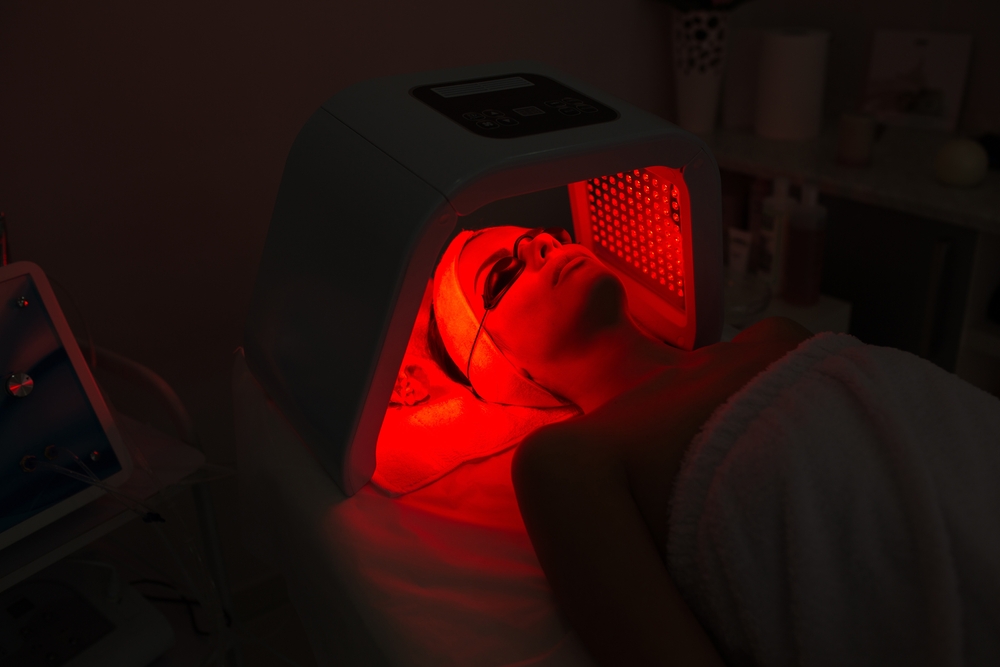Introduction
Red light therapy (RLT) is an emerging therapy that utilizes light in the red and/or near-infrared (NIR) spectrum to provide therapeutic benefits. It is believed to stimulate cellular regeneration and healing in the body, which can have a positive impact on symptoms of many chronic health conditions. RLT is said to be especially beneficial for the skin and eyes, yet studies have shown promising results for other conditions such as arthritis, muscle healing, and wound healing. In this article, we will explore the science behind red light therapy, its potential benefits for chronic health conditions, and the most common methods for delivering red light therapy.

What is Red Light Therapy?
Red light therapy is a relatively new treatment modality that utilizes near-infrared and/or red light wavelengths. The light is delivered at a specific frequency, typically between 630nm and 850nm and primarily penetrates the epidermis and dermis layers of the skin. These wavelengths of light are absorbed by the skin’s mitochondria and hemoglobin, which is then converted into cellular energy (ATP), thus increasing circulation and stimulating cellular regeneration.
Potential Benefits of Red Light TherapyOne of the primary benefits of RLT is its potential ability to stimulate collagen production and reduce wrinkles, fine lines, and acne scars. It has also been used as an anti-inflammatory, increasing circulation, and reducing pain and swelling. In addition, red light therapycan be used to accelerate wound healing and tissue repair.
Studies have suggested that red light therapy may also have a positive effect on chronic health conditions such as arthritis, joint pain, and autoimmune disorders. In arthritis, for instance, RLT has been demonstrated to reduce inflammation, increase mobility, and improve quality of life. Furthermore, red light therapy has been shown to reduce inflammation and muscle soreness post-exercise, with some studies demonstrating a decrease in lactic acid buildup. Therefore, red light therapy may offer an alternative or complementary therapy to traditional pharmacological management of conditions.
Methods of Red Light Therapy Delivery
Red light therapy can be delivered through a variety of lightweight and portable devices, such as LEDs, lasers, and diffuser panels. This makes it an ideal option for those seeking a non-invasive treatment at home or on the go. The type of device used will depend on the treatment area, intensity of light required, and the desired outcome.
LEDs (Light Emitting Diodes) are the most common type of device used for RLT and typically emit a wavelength ranging from 630nm to 850nm. LED devices can be handheld or, for larger areas, a diffuser panel with multiple LED lights can be used.Lasers are another common device used for RLT and are most often used for targeted treatments on specific areas. Lasers typically deliver higher intensities of light than LED devices, making them better suited fortreating deep tissue levels.Finally, specialized products such as light masks, patches, or bands, can be worn over the target area to deliver a continuous, low level of light waves. The advantage of these devices is that they offer a safer, hands-free option for treating larger areas or hard-to-reach places.
